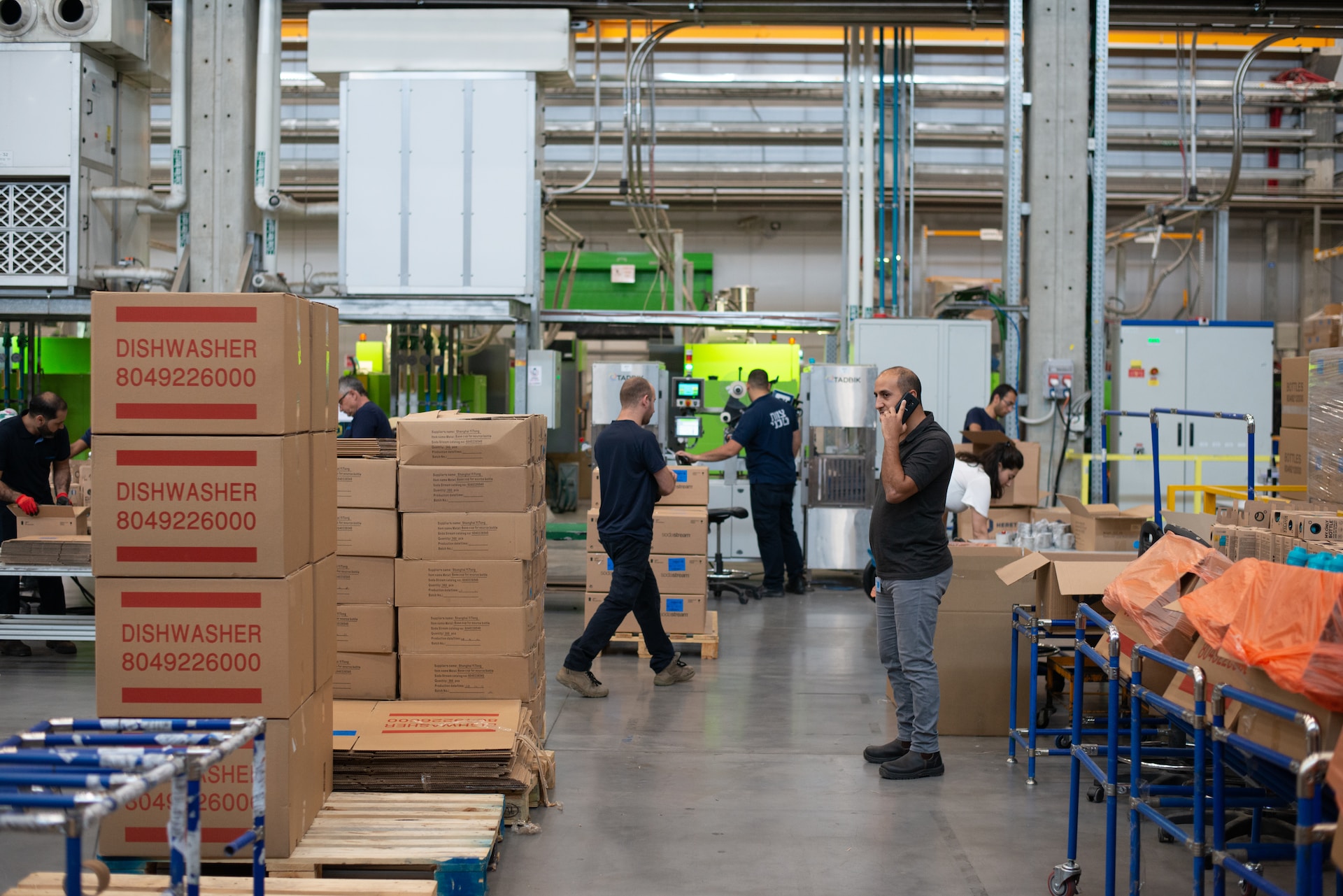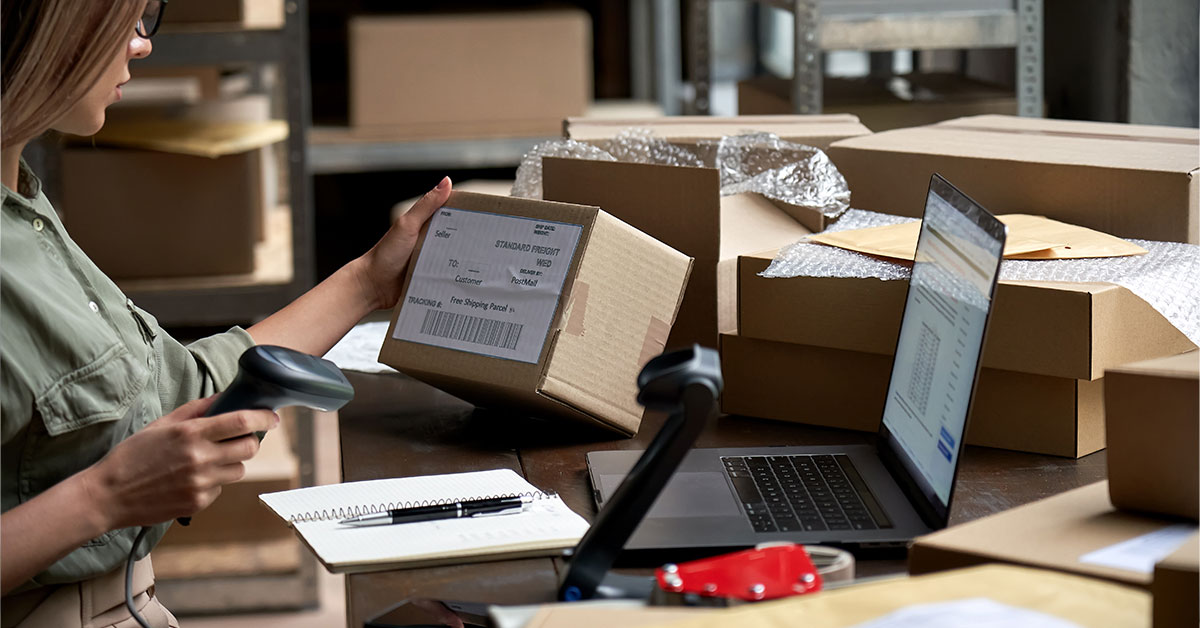


Suppose you sell all sorts of tools, including screwdrivers. Not just any cheap screwdriver, but tools for professionals (mechanics, HVAC, electricians, etc.). You offer a variety of sizes and types. They may not be produced by the same manufacturers. You want to offer these as a set to save your customers the time and hassle of ordering from different suppliers.
If you are fulfilling those orders in-house, you would need to have your workers take and assemble these different products (which are produced and shipped to you separately from the manufacturer).
This is an example of a kitting process — the activity of taking various components which are usually kept in inventory as separate items, and assembling them as a “kit” which is sold or otherwise distributed as a group.
This is not the same thing as selling a bundle, such as a set of drill bits that are sent from the manufacturer as a group and usually comes in its own storage container. Bundles do not require you, the seller, to prepare or assemble anything — but kits do.
An obvious — and important — question to answer is this: Why not just do the job of kitting in-house?
The answer is simple: with 3rd-party kitting, you can get this job done more quickly and with less cost, and with fewer errors, than using your in-house staff.
When doing in-house kitting, the normal procedure is to wait until orders for the kits are actually placed. Only then do the warehouse workers pick the items and assemble the kits. However, doing this under the stress and pressure of shipping deadlines can cause your workers to rush and make mistakes. Incomplete kits with missing items, wrong items being added, improper packing can be the result. This means more returns and wasted time, added expense, and unnecessary customer frustration.
When you use a 3rd-party logistics company that provides product kitting services, they will use specially-trained workers, at their locations, to assemble the individual items into the kit that you need. They have the proper inventory control and monitoring procedures in place already to prevent the wrong items from being shipped out, or kits sent out incomplete, with items missing.
Did you know that by offering kits of products, you can actually increase profitability?
How is this possible? One reason is that you will be able to order individual kit components in very large quantities from the manufacturer. Usually, the manufacturers will offer quantity discounts to you for ordering larger quantities of their product. This lowers your inventory purchase expense.
This lowered expense can even be used by you to drive increased sales. How? You can offer your own customers the chance to purchase a kit (grouping) of products, normally sold separately, and sell that kit at a small discount as compared with the cost of purchasing each item separately. Without a doubt, this will be very attractive to your customers.
A key aspect of kitting is that kits can be made up well in advance of when they will be needed (before major promotions, for example). Already assembled, they can be placed into inventory so that they can be shipped as the orders come in, with no fulfillment delays while waiting for the kits to be assembled.
When a kit is designed, your logistics consultants can work with you to develop a unique SKU for the kit, different from the SKU’s for the individual components, which allows you to track your exact on-hand inventory for your kits.
The kitting technique will also give you the option of creating special varieties of kits for seasonal sales, or different sizes or price ranges of products (for example, asphalt roofing shingle DIY kits including underlying plastic sheeting, tools and nails).
An important impact of kitting is that it can reduce the amount of packaging needed. One box or other container can be prepared for the entire kit, instead of using separate packaging for each individual item. And reduced packaging may result in a lighter package weight, which can lower your carrier shipping charges.
If you think that kitting is just for industrial or B2B niches, think again. There are many uses for kitting:
Food Service. Food box kits are very popular today. These are sent to consumers and contain everything they will need to prepare one or more meals in their home. Components for these kits may have to be sourced from different suppliers and then packed up. Preparing kits mean that they will be on hand when the orders come in, so there is less delay and less chance of product spoilage.
Home Health. As our population ages, more and more elderly/infirm people are being cared for in their own home. Sellers of incontinence products, for example, may offer several types and sizes of disposable bed pads. These can be assembled as kits and sold to customers, allowing them to try out all the product offerings to find the one which works best for them.
Kitchenware. A perfect gift for the homeowner is a grouping of kitchenware. Being able to offer a set, complete with dinnerware, utensils, pots and pans and various cooking gadgets would save your customers a lot of time as they would not have to search and search to include everything they wanted. These could be prepared as various kits (varying in size, materials used and/or price range) which your customers could purchase. They will get a single package with everything needed (a perfect gift for anniversaries or for newlyweds).
Marketing/Sales/Promotional Materials. A non-traditional “kit” can even be a collection of sales flyers, or product spec sheets, a folder with information on a new product/service launch (press release, photos, etc.). Even those running for political office may need a large volume of “kits” prepared with bios, photos, volunteer opportunity sheets, appeals for donations and the like.
AS YOU CAN SEE, anytime you have a need to combine products that are not normally sold together, you may benefit from moving to kitted warehouse fulfillment service. But you may not be sure this is the best option for you. An experienced, professional 3rd-party logistics service can consult with you and determine your available options, and help you select the specific approach that will drive the biggest impact on your bottom-line and customer satisfaction/loyalty levels.
